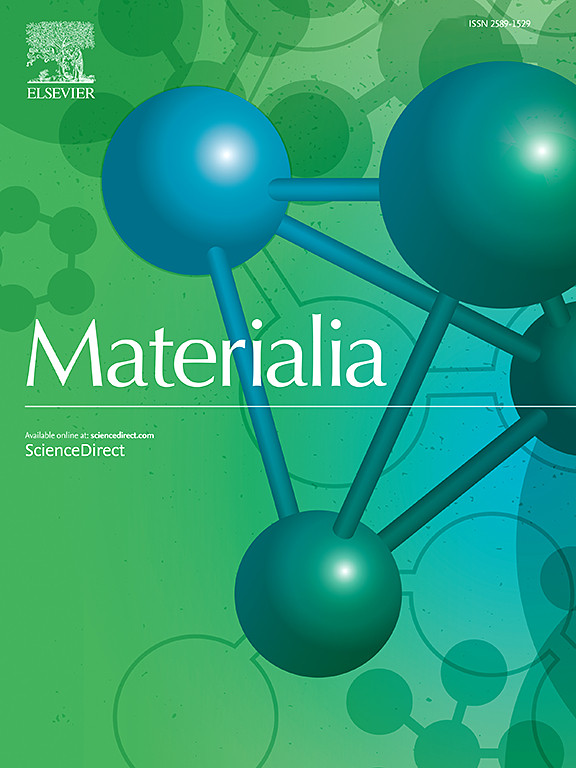Detailed analysis of microcrystalline and nanocrystalline CeB6 phase formation, morphology and their electron emission performance
IF 3
Q2 MATERIALS SCIENCE, MULTIDISCIPLINARY
引用次数: 0
Abstract
Micro and Nano sized cerium hexaboride (CeB6) were synthesized using high temperature processes viz. Self-propagation High temperature Synthesis (SHS) and arc plasma gas phase condensation route respectively. Economically viable oxide precursors of cerium and boron were used to obtain microcrystalline CeB6 by SHS process. Further, these powders were used to obtained nanocrystalline thin sheets of cerium hexaboride by arc plasma gas phase condensation process. Novelty of these high temperature processes lies in the formation of single phase of CeB6 without metastable states such as CeB4 within a short interval of time. Optical emission spectroscopy was extensively used to observe evaporated species during arc plasma synthesis. Microcrystalline and nanocrystalline CeB6 powders were characterized using X-ray diffraction, Raman spectroscopy, scanning electron microscopy and transmission electron microscopy. In view of electron emission applications, field emission measurements were carried out. Field emission measurements depicted maximum current density of 56 µA/cm2 for microcrystalline CeB6 and 96 µA/cm2 and 222 µA/cm2 respectively for nanocrystalline powders obtained using nitrogen and argon thermal plasma.

详细分析了微晶和纳米晶CeB6的相形成、形貌及其电子发射性能
采用自传播高温合成法(SHS)和电弧等离子体气相冷凝法制备了微纳米六硼化铈(CeB6)。采用经济可行的铈和硼氧化物前驱体,采用SHS法制备微晶CeB6。采用电弧等离子体气相冷凝法制备了六硼化铈纳米晶薄片。这些高温过程的新颖之处在于在短时间内形成CeB6的单相而不形成CeB4等亚稳态。发射光谱法广泛应用于电弧等离子体合成过程中蒸发物质的观测。采用x射线衍射、拉曼光谱、扫描电镜和透射电镜对微晶和纳米晶CeB6粉末进行了表征。针对电子发射的应用,进行了场发射测量。场发射测量显示,微晶CeB6的最大电流密度为56 μ A/cm2,氮和氩热等离子体获得的纳米晶粉末的最大电流密度分别为96 μ A/cm2和222 μ A/cm2。
本文章由计算机程序翻译,如有差异,请以英文原文为准。
求助全文
约1分钟内获得全文
求助全文
来源期刊

Materialia
MATERIALS SCIENCE, MULTIDISCIPLINARY-
CiteScore
6.40
自引率
2.90%
发文量
345
审稿时长
36 days
期刊介绍:
Materialia is a multidisciplinary journal of materials science and engineering that publishes original peer-reviewed research articles. Articles in Materialia advance the understanding of the relationship between processing, structure, property, and function of materials.
Materialia publishes full-length research articles, review articles, and letters (short communications). In addition to receiving direct submissions, Materialia also accepts transfers from Acta Materialia, Inc. partner journals. Materialia offers authors the choice to publish on an open access model (with author fee), or on a subscription model (with no author fee).
 求助内容:
求助内容: 应助结果提醒方式:
应助结果提醒方式:


